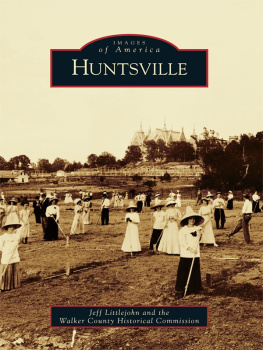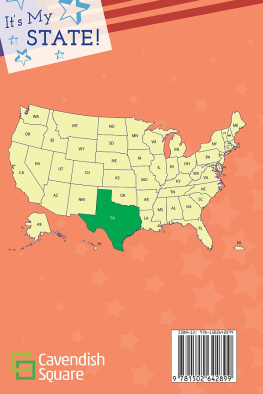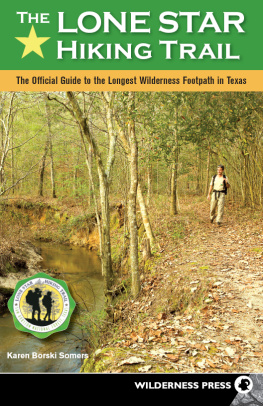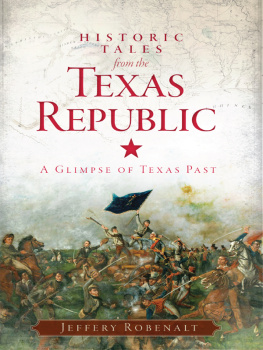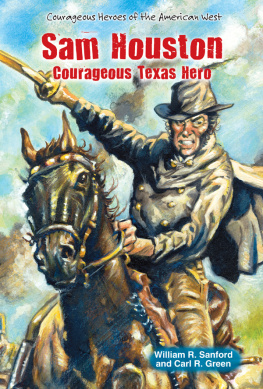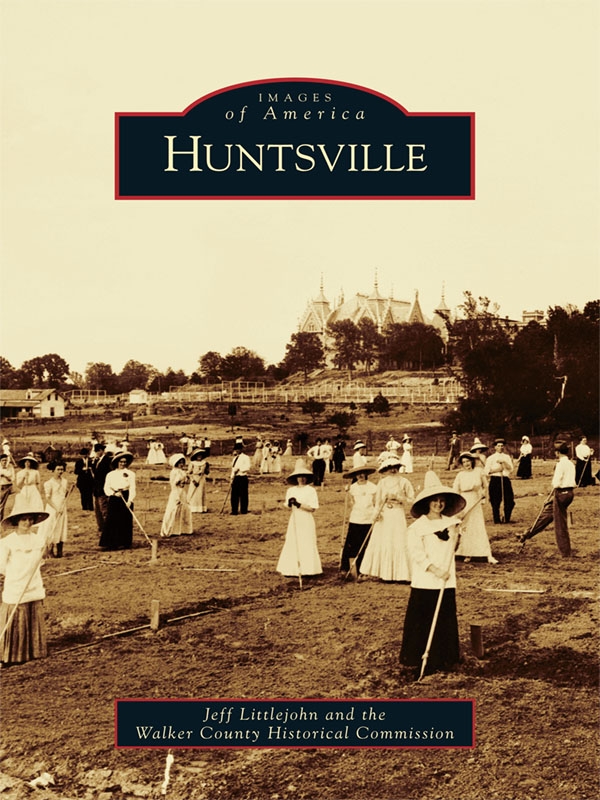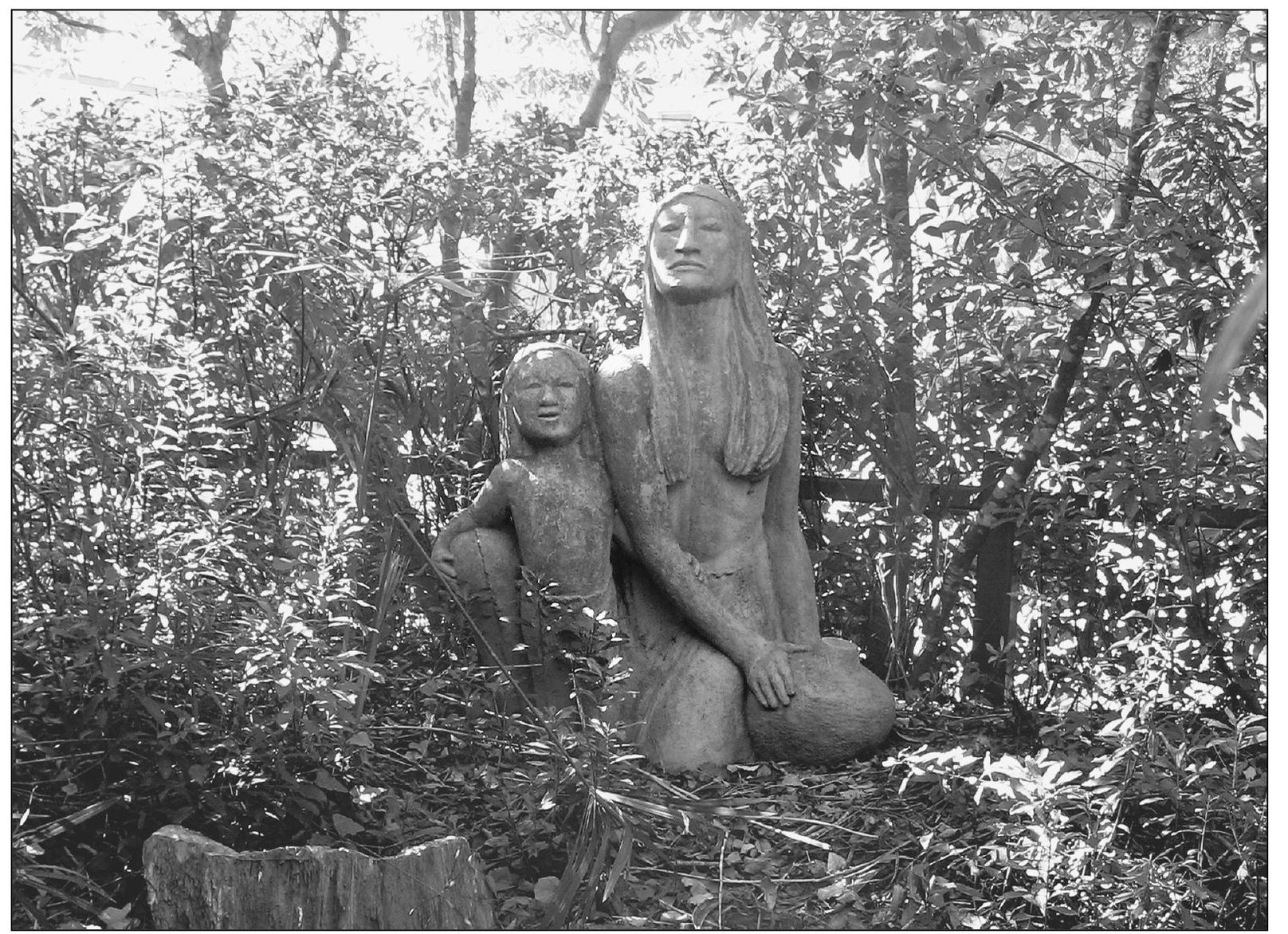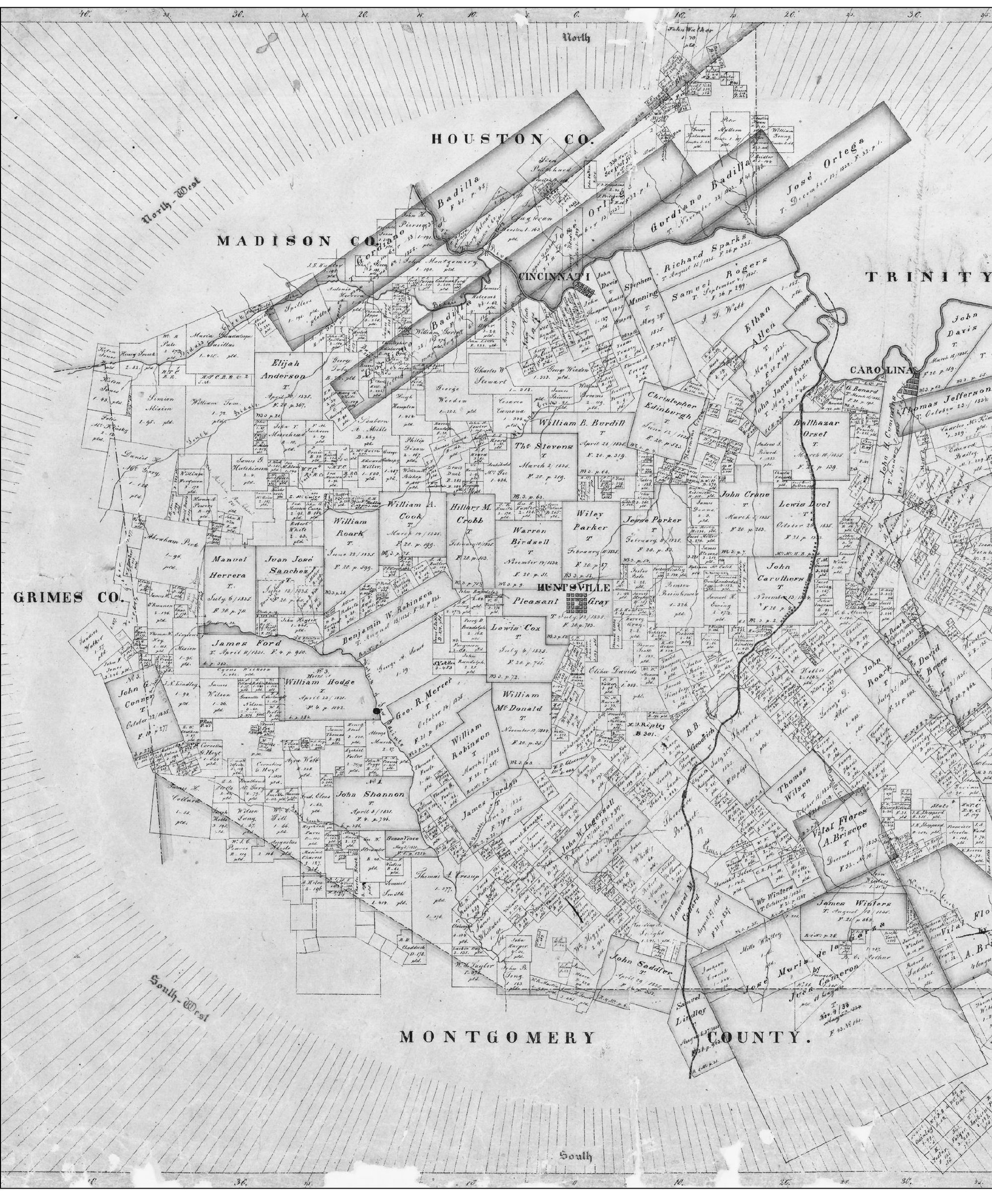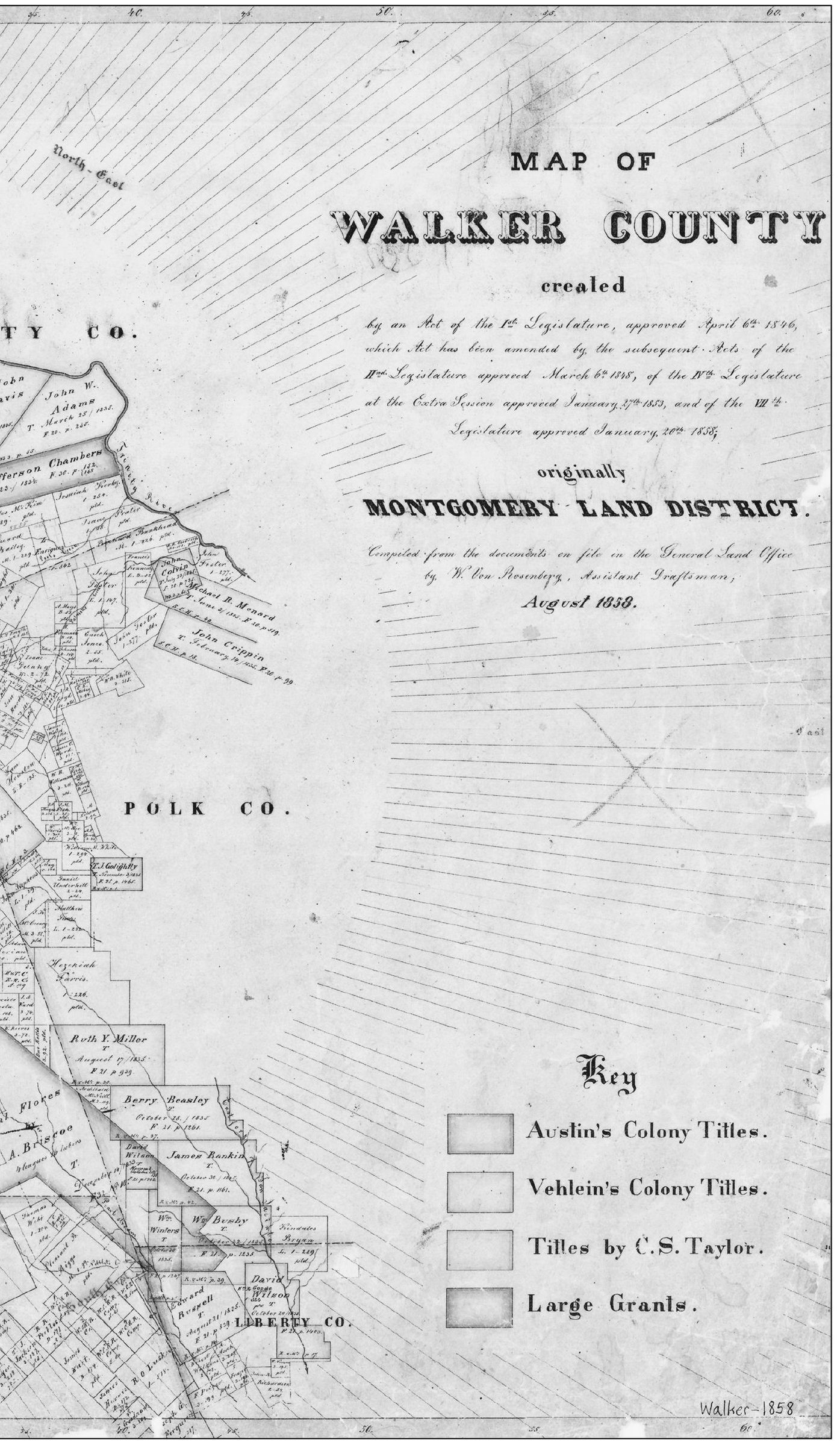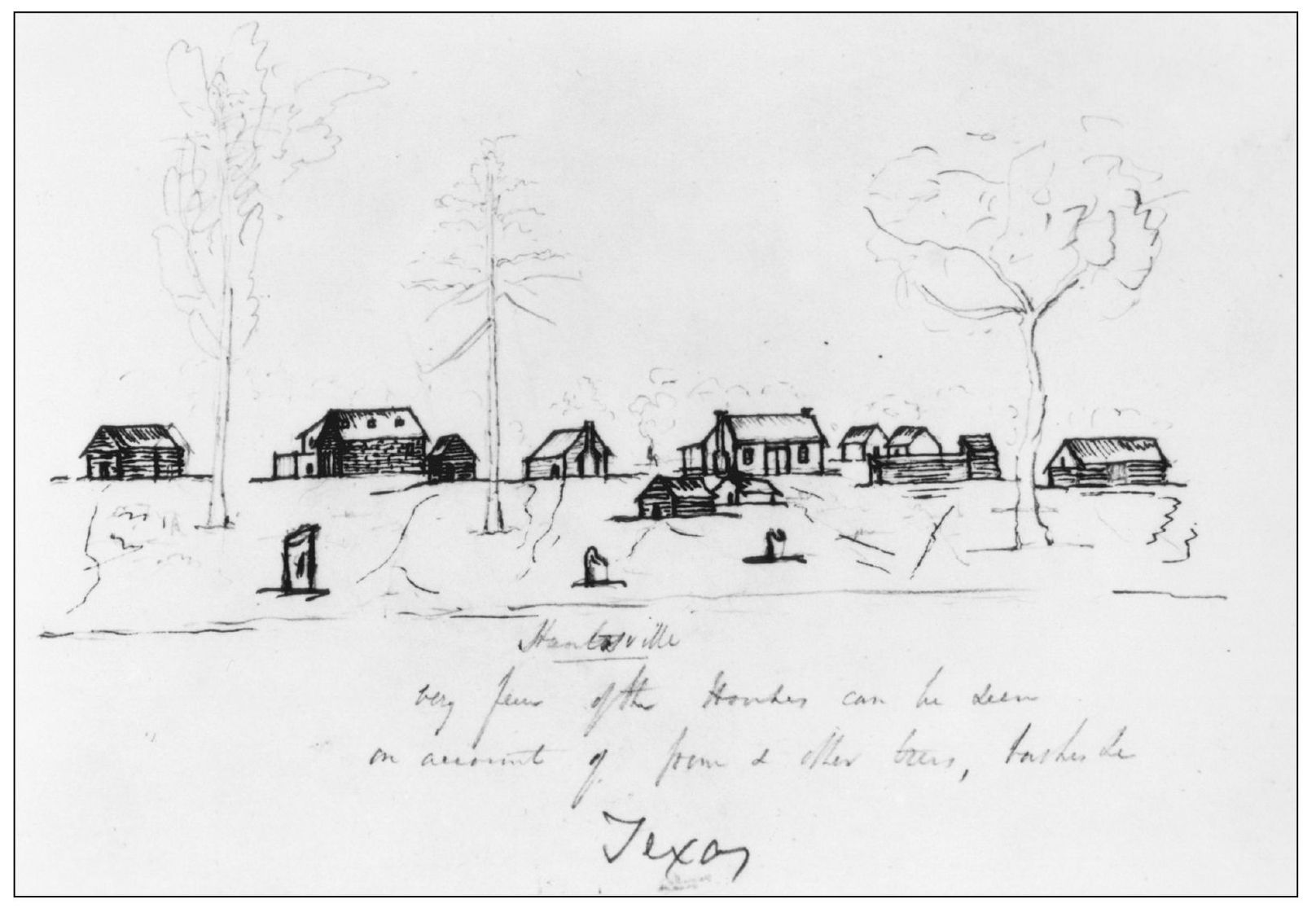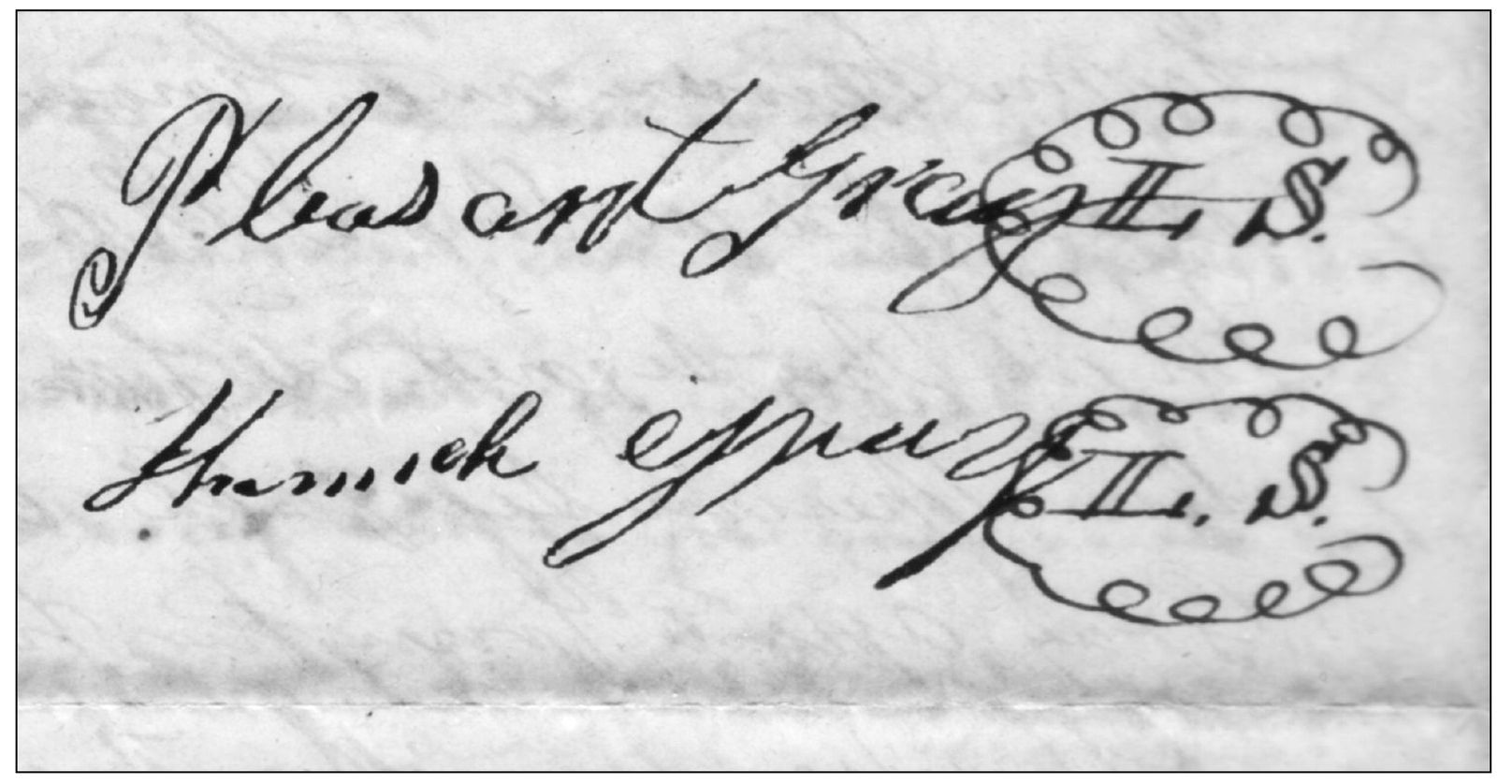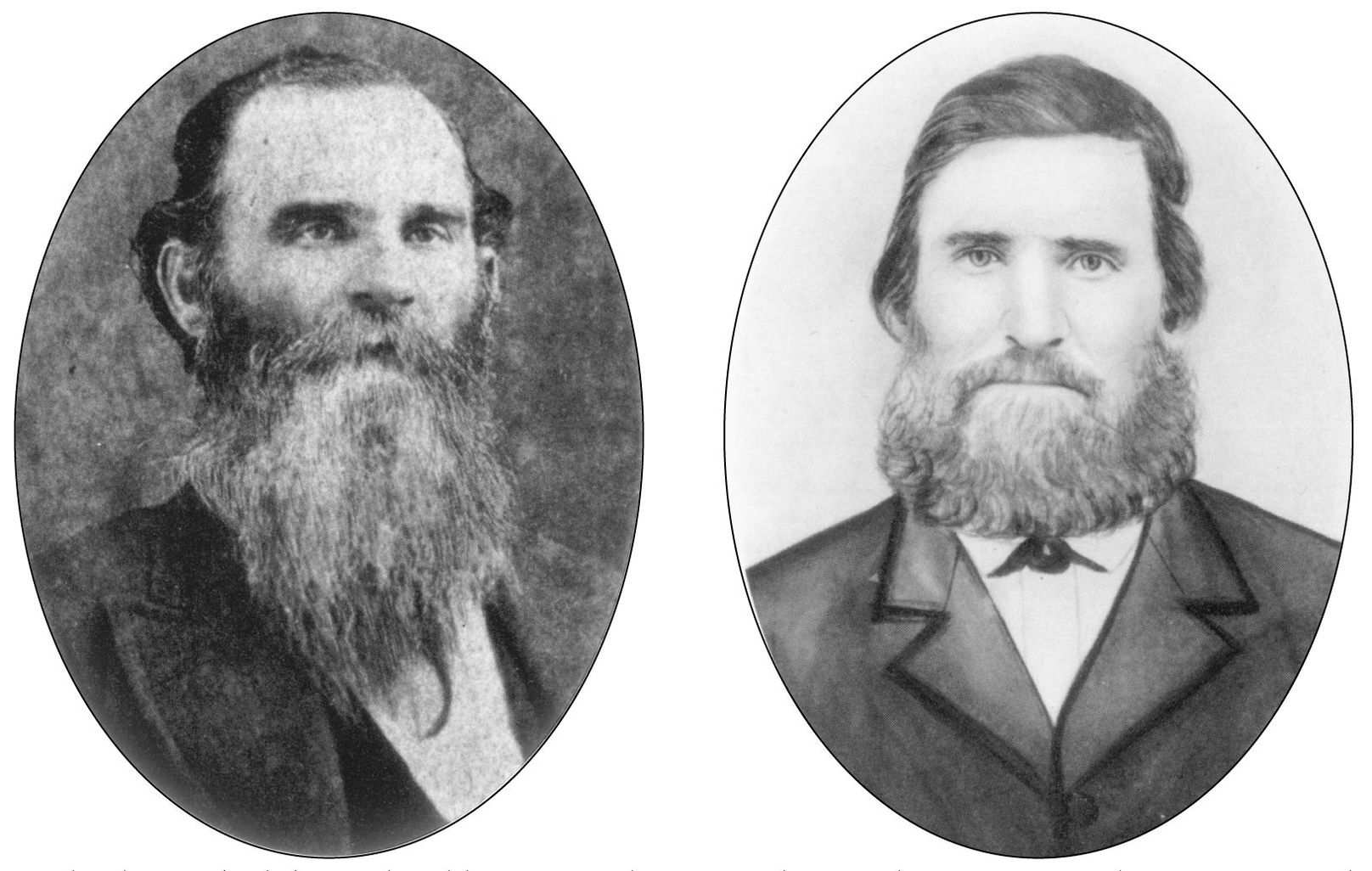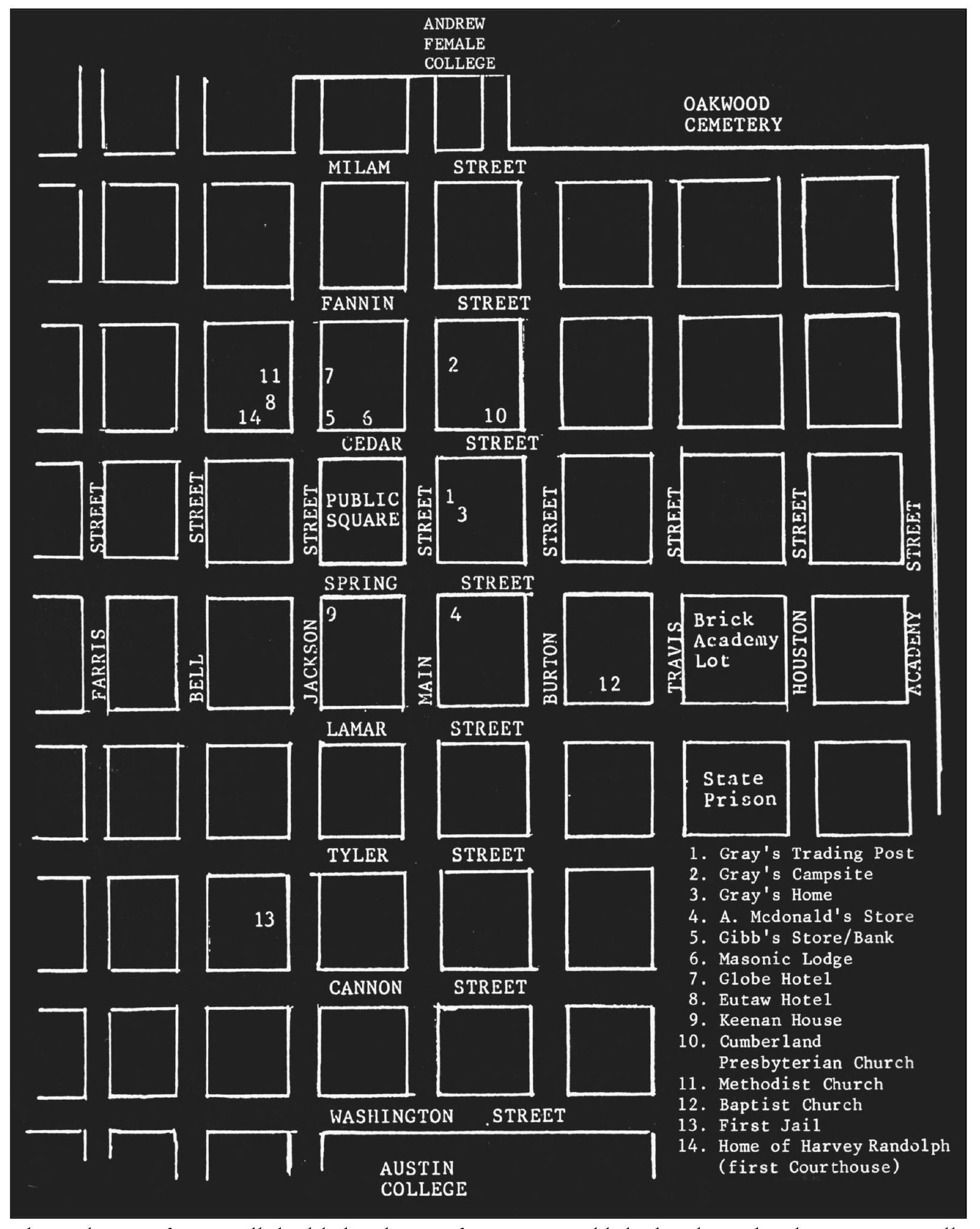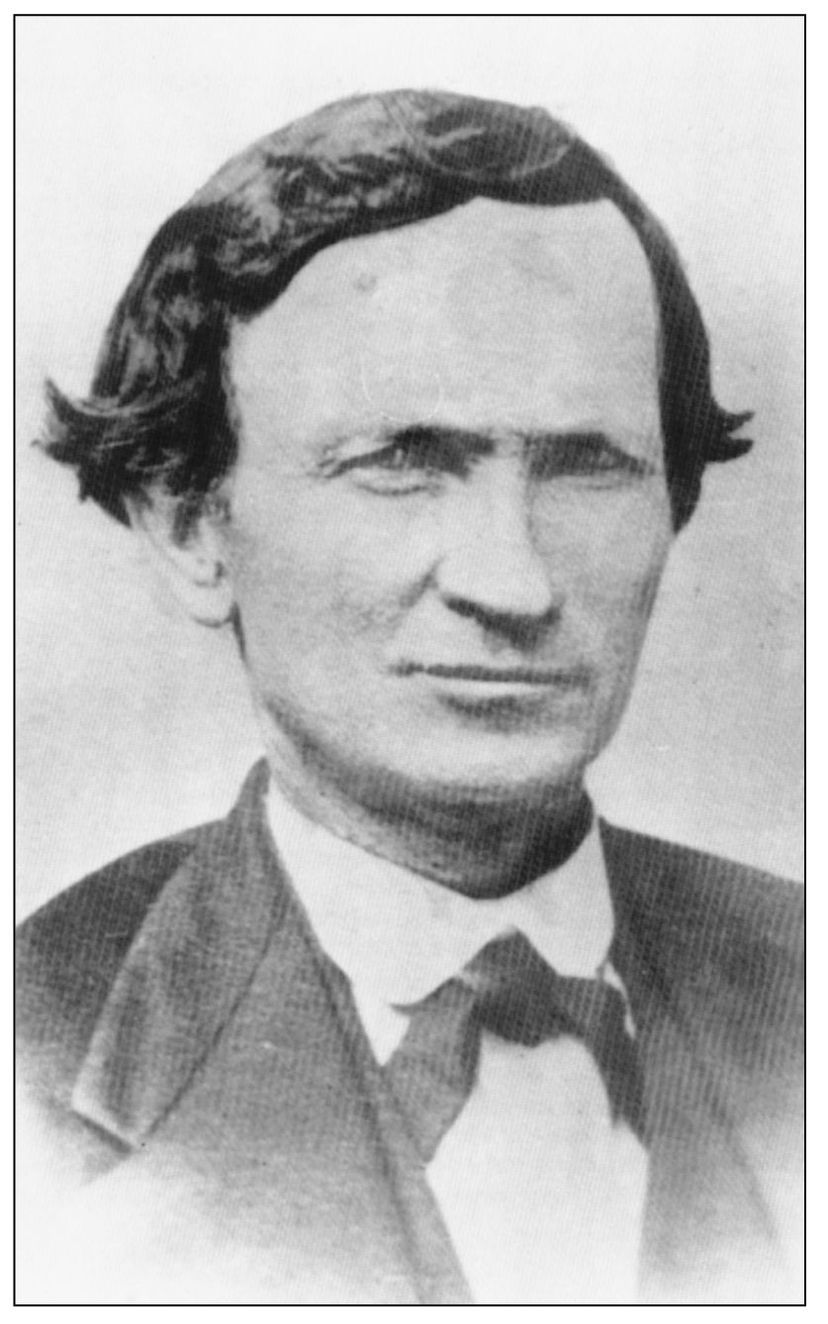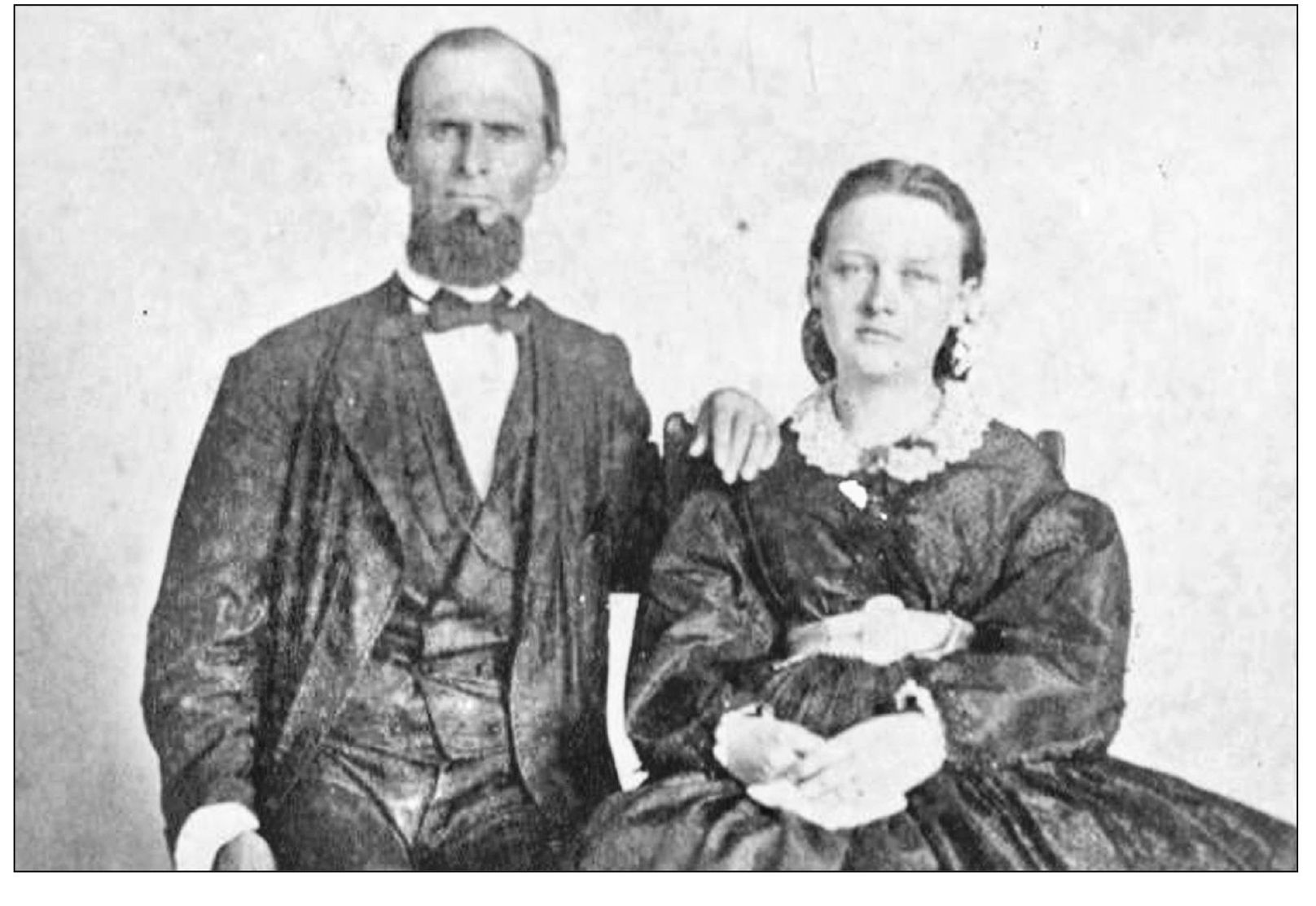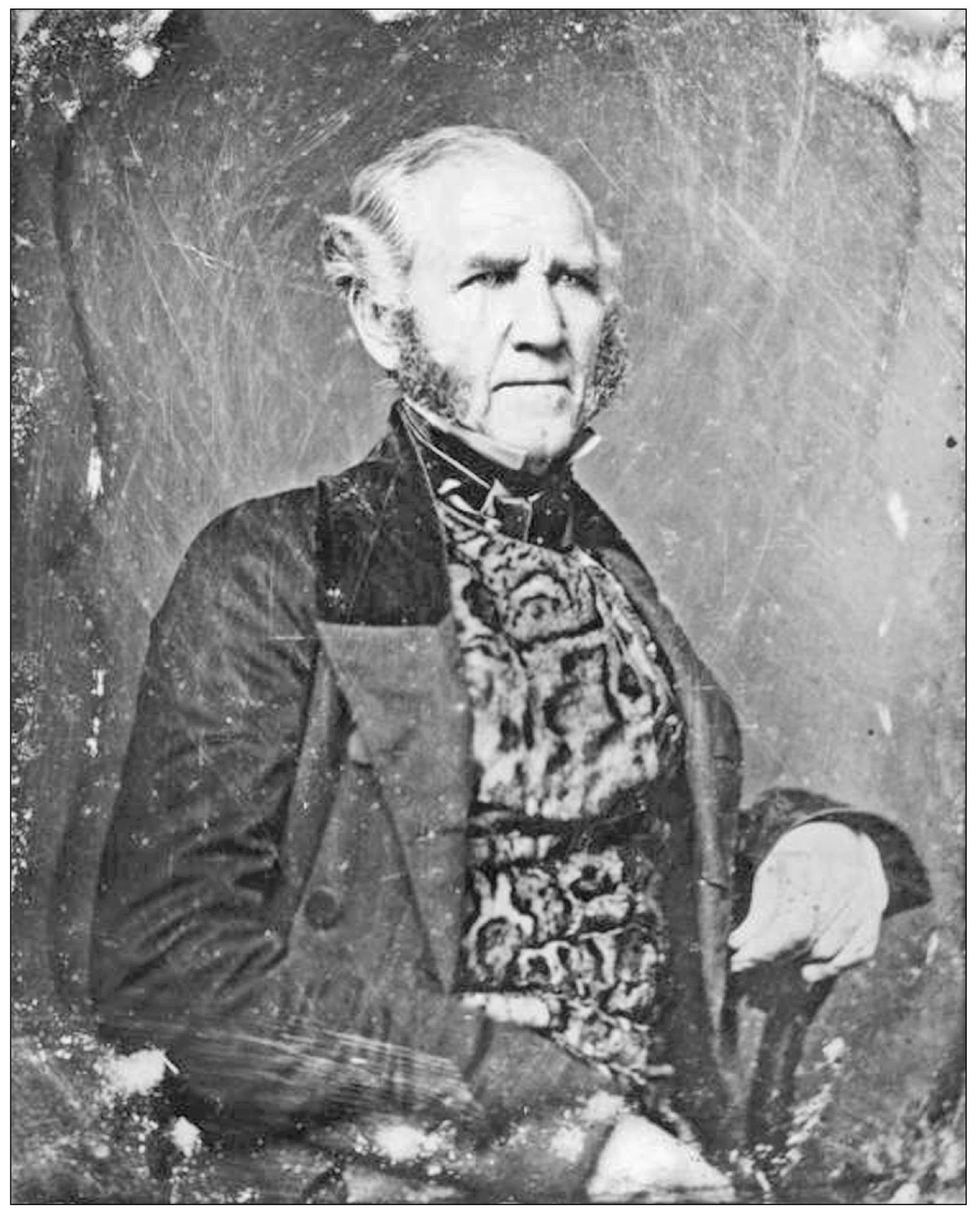Littlejohn Jeff - Huntsville
Here you can read online Littlejohn Jeff - Huntsville full text of the book (entire story) in english for free. Download pdf and epub, get meaning, cover and reviews about this ebook. year: 2011, publisher: Arcadia Publishing, genre: Detective and thriller. Description of the work, (preface) as well as reviews are available. Best literature library LitArk.com created for fans of good reading and offers a wide selection of genres:
Romance novel
Science fiction
Adventure
Detective
Science
History
Home and family
Prose
Art
Politics
Computer
Non-fiction
Religion
Business
Children
Humor
Choose a favorite category and find really read worthwhile books. Enjoy immersion in the world of imagination, feel the emotions of the characters or learn something new for yourself, make an fascinating discovery.
- Book:Huntsville
- Author:
- Publisher:Arcadia Publishing
- Genre:
- Year:2011
- Rating:4 / 5
- Favourites:Add to favourites
- Your mark:
Huntsville: summary, description and annotation
We offer to read an annotation, description, summary or preface (depends on what the author of the book "Huntsville" wrote himself). If you haven't found the necessary information about the book — write in the comments, we will try to find it.
Huntsville is one of the oldest and most revered cities in the Lone Star State. Founded in the mid-1830s as Texans won their independence from Mexico, Huntsville became the home of Sam Houstonthe first president of the Republic of Texas and later governor of the state. Nestled among the lakes and trees of the eastern piney woods, Huntsville emerged as a vital center of education and justice in the late 19th century. Today the city remains a vibrant, growing community known for a few of its largest employers, including Sam Houston State University and the Texas Department of Criminal Justice.
Littlejohn Jeff: author's other books
Who wrote Huntsville? Find out the surname, the name of the author of the book and a list of all author's works by series.

